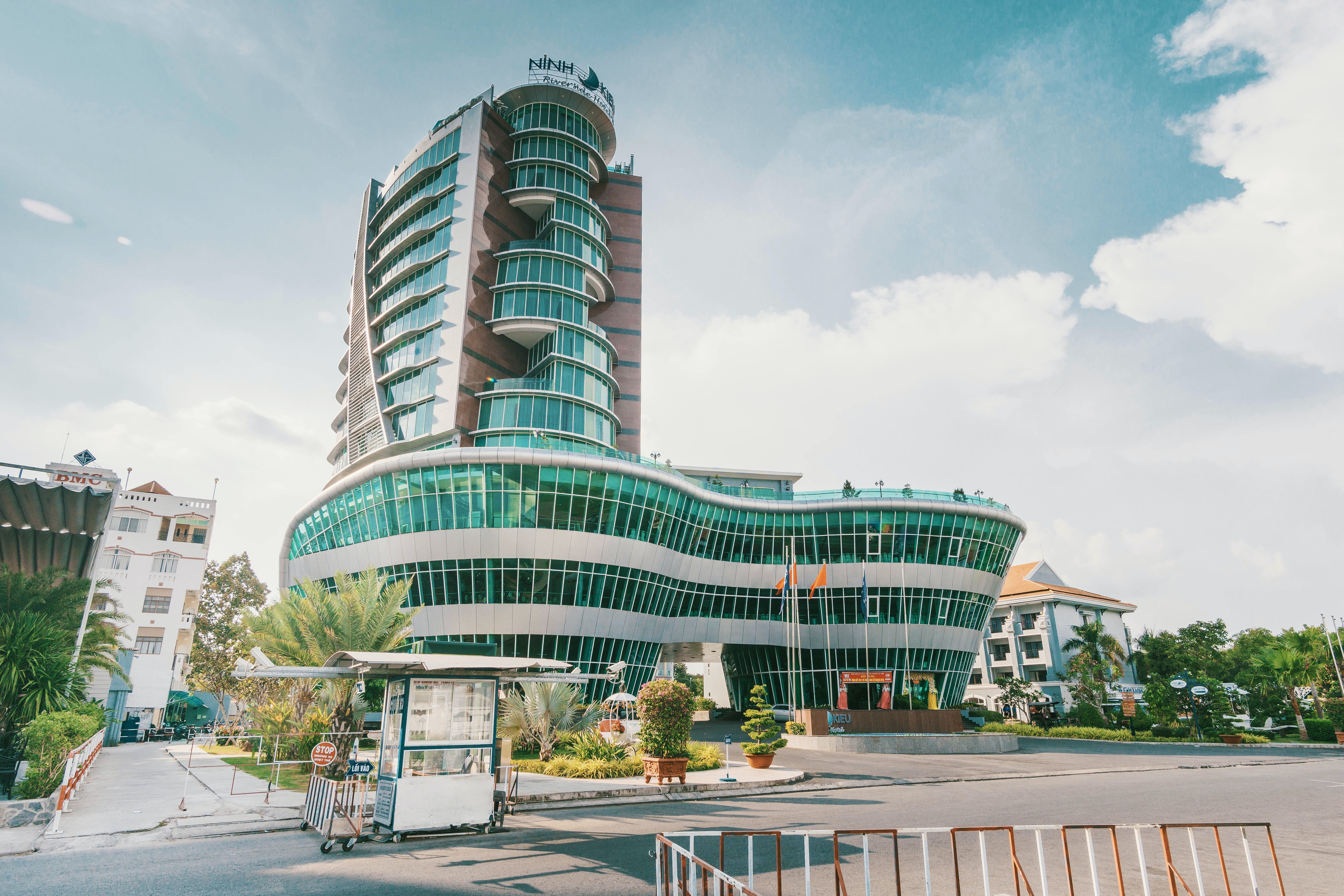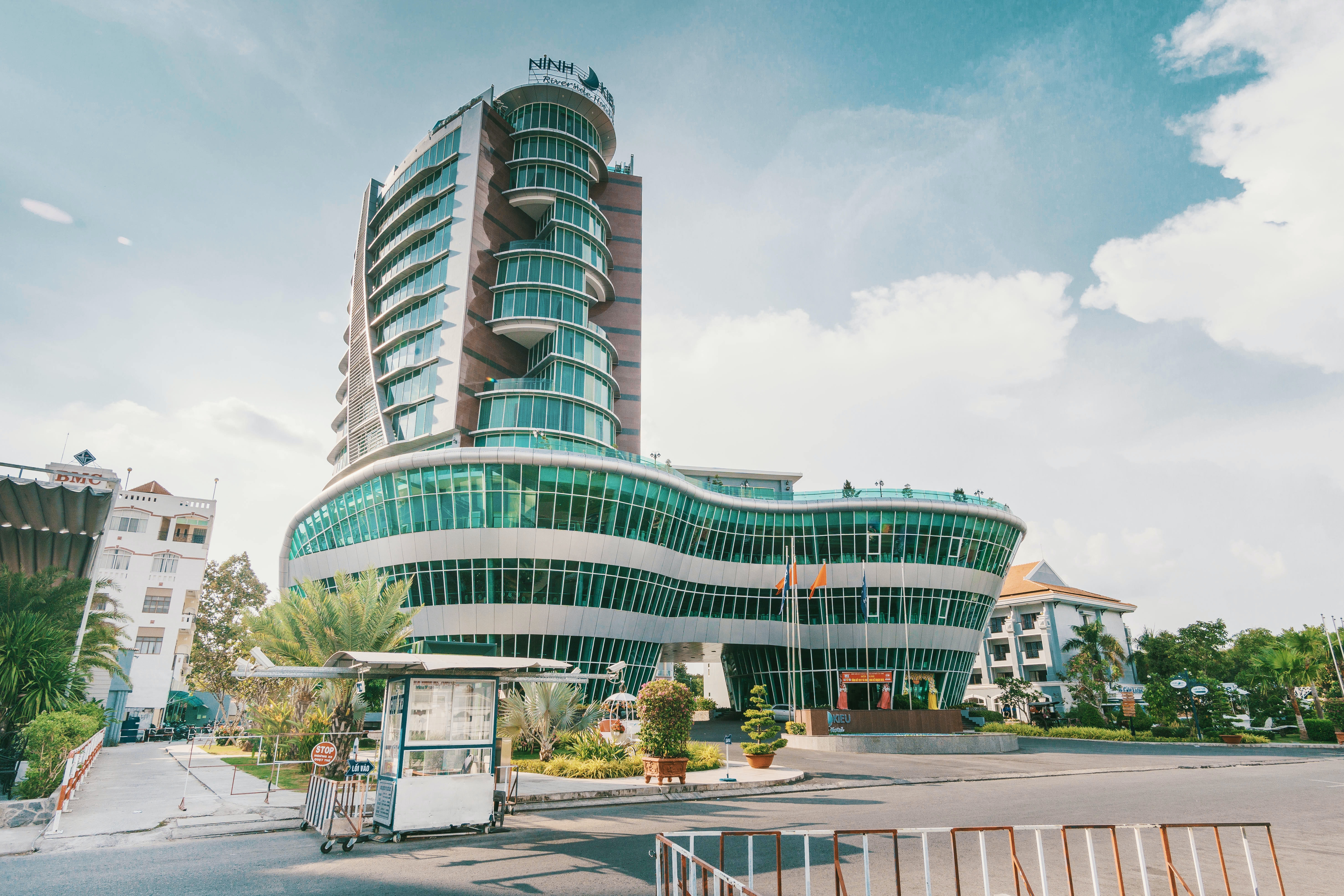What technologies should hotel chains invest in by 2023? Discover the must-have technologies for the hotel industry in 2023.
What technologies do hotel chains need to invest in by 2023? We discuss the current role of data analytics, artificial intelligence and data integration in the hotel industry.

The hotel industry has undergone a significant transformation in recent years. Partly thanks to digitisation and the increased use of technology and data analytics, which allows hotel groups to optimise and personalise the customer experience and make informed, data-driven decisions.
- Discover the state of the Spanish hotel sector in 2023 by downloading the report "Spanish Hotel Sector 2023":
Data analytics is now a key resource for hotel chains. Through data analytics, companies can gather valuable information about customer preferences and consumption habits, as well as information about the competition and the market in general. This data can be used to make informed decisions about pricing, offers, promotions and marketing campaigns. In addition, data analytics can also help hotel chains identify growth opportunities and improve operational efficiency.
When it comes to leveraging technology and data integration in the hospitality industry, two technologies are particularly relevant: artificial intelligence and data integration.
Artificial intelligence in the hotel industry
Artificial intelligence is one of the technologies that has made the biggest difference for hotel chains in recent years. Its multiple applications in the hotel sector and its vast potential make it one of the major areas of investment for hotel groups.
On the one hand, artificial intelligence has transformed the way hotel chains interact with customers. Companies use chatbots and virtual assistants to enhance the customer experience and respond to questions and requests more efficiently. In addition, artificial intelligence is also used to personalise the customer experience, offering product and service recommendations based on customer preferences and habits.
Another area where artificial intelligence is having a significant impact on the hotel industry is in demand management. Hotel chains can use predictive analytics models to forecast future demand and adjust their prices and offers accordingly.
Predictive analytics to predict the occupancy of your hotel
Hotel chains use predictive analytics and machine learning to predict future demand and adjust their supply accordingly. Predictive analytics is based on the use of mathematical and statistical models that use historical data and other relevant factors to forecast future behaviour.
In the case of the hotel industry, predictive analytics can be used to forecast future demand for rooms at a particular hotel or in a particular geographic area. Demand can be affected by a variety of factors, such as special events, festivals, high and low season, among others. Predictive analytics can help hotel chains anticipate these changes and adjust their prices and offers accordingly to maximise occupancy and profitability.
In addition, predictive analytics can also be used to improve operational efficiency. For example, it can predict the use of hotel services such as restaurants, spa and activities, allowing for better resource management and increased guest satisfaction. It can also help forecast operational and maintenance costs, allowing hotel chains to better plan their budget and resources.
Overall, predictive analytics is a valuable tool for hotel chains looking to optimise their operations and maximise profitability. The ability to predict future demand and adapt their offering to changing market conditions can be the difference between a hotel with high occupancy levels and profitability, and one that is struggling to stay afloat.
The hotel industry is highly competitive, and hotel managers need to make informed decisions to attract and retain customers. One of the main factors in a hotel's success is occupancy. Increasing hotel occupancy can have a significant impact on the profitability of the business. Using data analytics and predictive analytics techniques, it is possible to identify patterns and trends in room demand and, consequently, make informed decisions to improve hotel occupancy.
Data integration: A work in progress for hotel chains
In order to meet the challenges facing the hospitality industry in 2023, hospitality companies need a solid foundation of information about their own business and the context in which they operate. Today, information about their own business, competitors, customers and market trends is crucial to their success.
Although companies in the sector have been using specific management software and analytical technologies for years, the development of a truly data-driven culture is still a pending task for the sector.
The big problem for hotel groups is the disarticulation of information. Although hotels use specific information software such as the PMS, they do not have an integrated information system that allows them to obtain a complete vision of their activity. As a result, business information is often interpreted at departmental level and fragments of the same reality are rarely put together to draw general conclusions and define overall improvement and change management strategies.
The integration of information and data is a must for hotel chains, as it allows them to obtain a complete vision of the relevant information for decision-making. Data integration is the consolidation of information from different sources into a single database, allowing hotel chains to have a holistic view of their business. Data integration allows hotel chains to collect information from various sources, such as bookings, occupancy, revenue, customer satisfaction, among others. By integrating this information, hotel chains can analyse it more efficiently and get a complete view of the business in real time.
Data integration also allows hotel chains to identify patterns and trends within the information, which can help in making better decisions. For example, by analysing booking and occupancy trends for a particular hotel, hotel chains can identify peak and off-peak periods and adjust their pricing strategies and promotions accordingly.
How to solve the disarticulation of information and predict the occupancy of your hotel?
How can we get a complete overview of our hotel business to develop cohesive strategies in every area of our business?
Instead of hiring a specialist to gather and analyse all our data, we can solve this in a simpler way: through a single analytics platform that contains all the necessary information.
The good news is that the solution already exists.
Hotel Management Dashboards is a set of analytical services that allows the monitoring and analysis of key results in all areas of a hotel chain. It covers the information and analytical needs of hotel chains in sales and marketing, operations, finance and personnel management, among others.
This solution arises from the need to eliminate information silos, allowing hotels to consult their indicators and results and manage the activity of all areas of their hotel or chain from a single place.
The tool contains a data model that integrates with both internal and external data sources, allowing hotel companies to obtain a complete 360º view of their hotel's performance.
The information is structured by content, which facilitates its use by users without programming knowledge. In addition, it can be customised both graphically and functionally.
Do you want to know more?
Discover Hotel Management Dashboards
Conclusion
In short, the integration of information and data is essential for hotel chains seeking to improve operational efficiency, make informed decisions and personalise the customer experience.
Today, hotel chains need analytical environments that allow them to analyse all their business data together. Only then will they be able to obtain a global view of their activity that allows them to weave cohesive strategies for each of the areas of their business.



